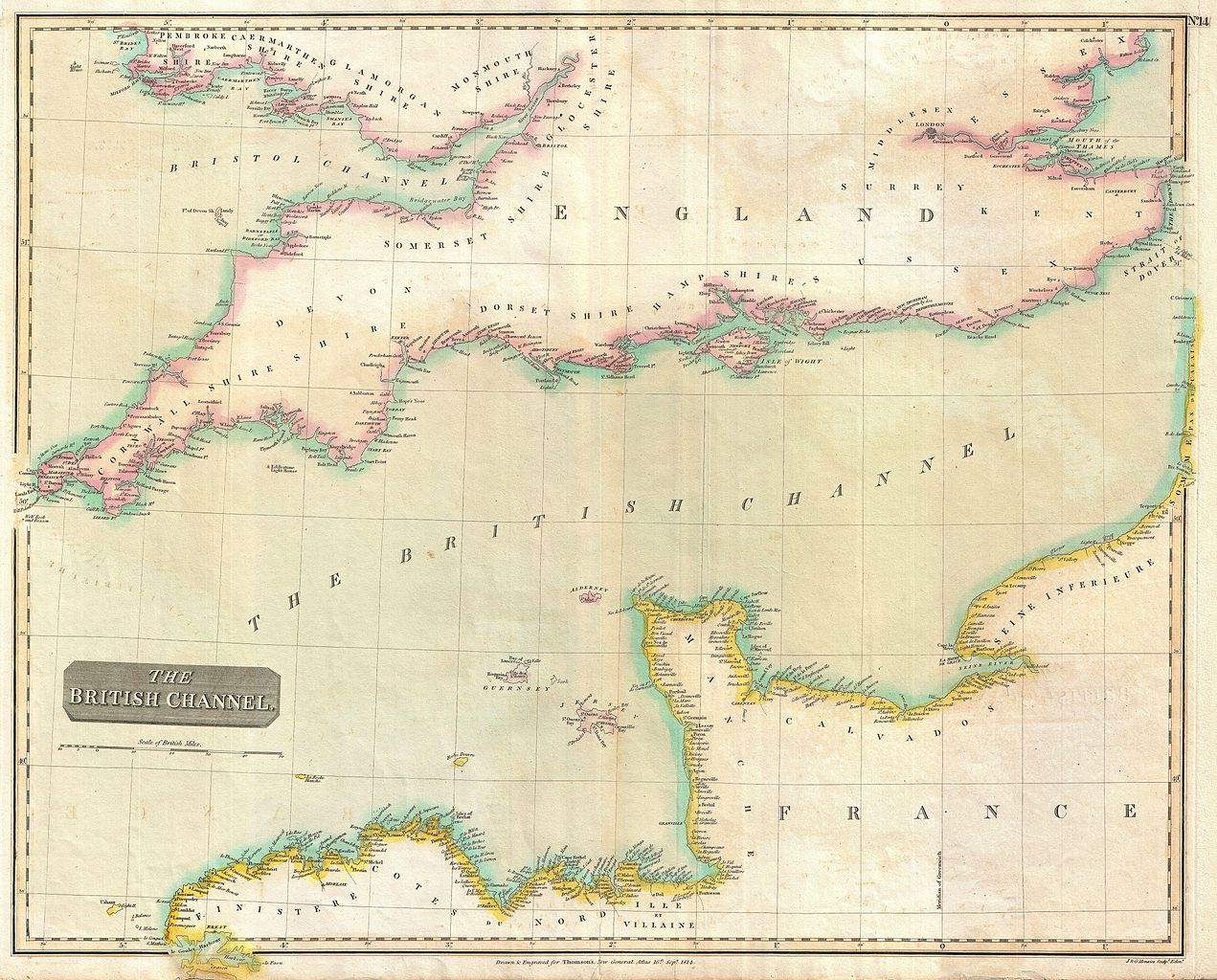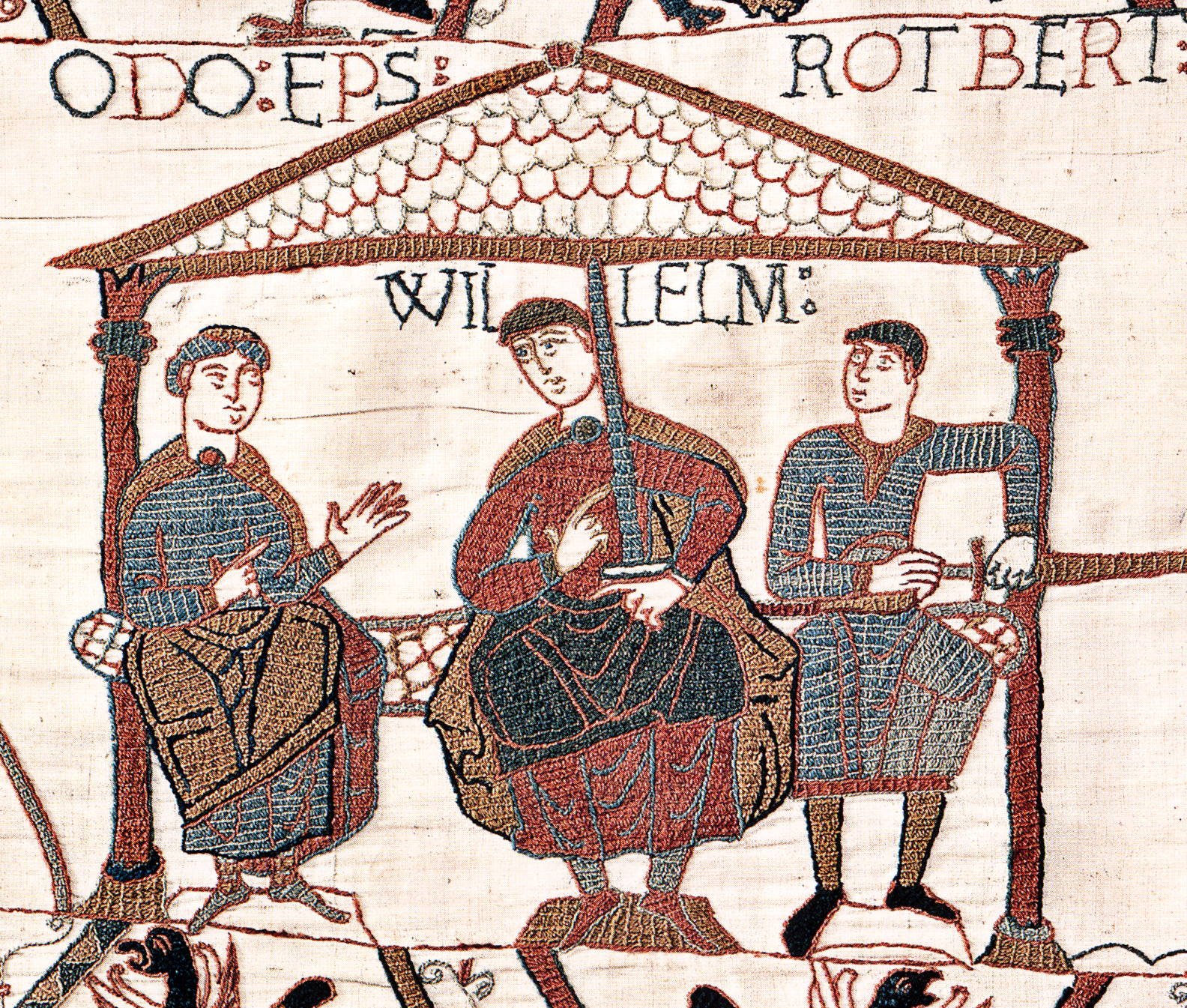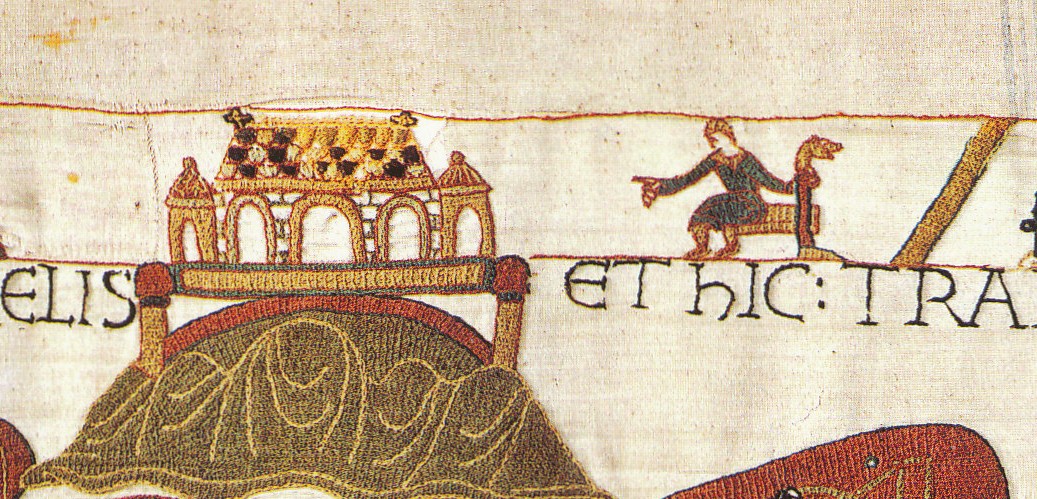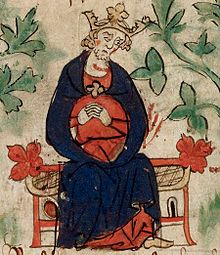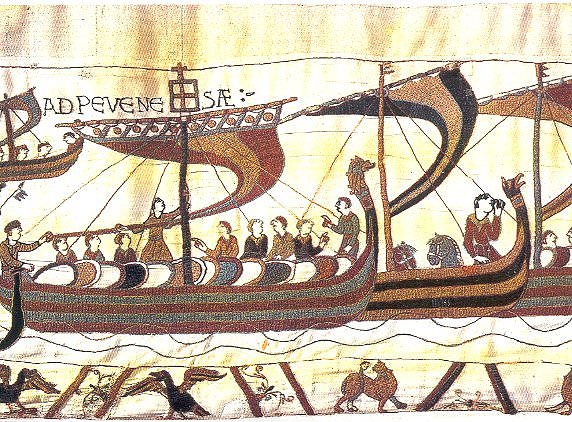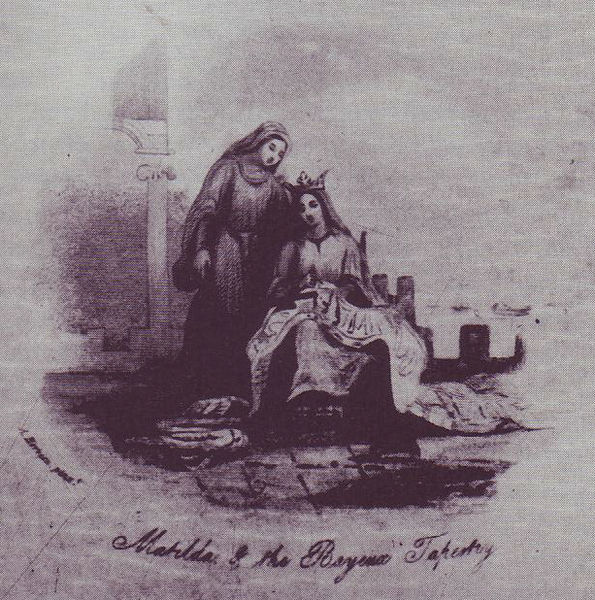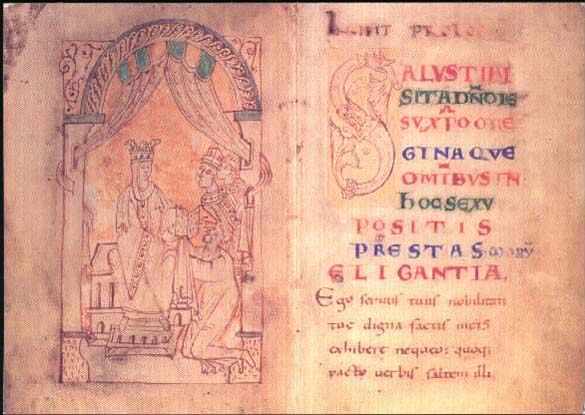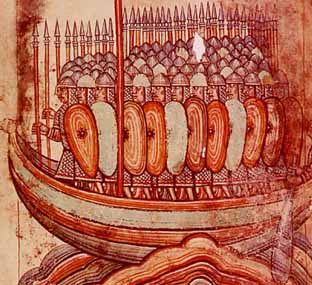The politics of being Norman in the reign of Richard the Fearless, Duke of Normandy (r. 942–996)
In 966, by the end of the reign of its third duke, Richard I, Normandy had overcome the crises that had beset it in the middle of the century. Much of this success came from the coherence of its ruling group, which expressed itself partly interms of ‘Norman’ identity.
The Wages of Sin: Kinship and Forgiveness in the ‘Herlechin’s Hunt’ of Orderic Vitalis
In Book VIII of this lengthy chronicle of Norman affairs, Orderic paused in his description of the political struggles between the sons of William the Conqueror to tell a ghost story.
Enemy and Ancestor: Viking Identities and Ethnic Boundaries in England and Normandy, c.950 – c.1015
This thesis is a comparison of ethnicity in Viking Age England and Normandy. It focuses on the period c.950-c.1015, which begins several generations after the initial Scandinavian settlements in both regions.
The Childhood of William the Conqueror
Duke Robert died when William was seven leaving him to rely on other men to rule his duchy until he came of age. These years were fraught with peril.
Vikings in France and England
Danielle Turner juxtaposes Viking raiding and settlement in medieval France and England to answer the question why Normandy (on the French side) became a major player in the medieval world, while the Danelaw (on the English side) did not.
Lords Of The North Sea: A Comparative Study Of Aristocratic Territory In The North Sea World In The Tenth And Eleventh Centuries
The paper is a comparative study on the aristocrats of eastern England, eastern Normandy, western Flanders and central Norway.
The Normans are an Unconquerable People: Orderic Vitalis’s Memory of the Anglo-Norman Regnum during the Reigns of William Rufus and Henry I, 1087-1106
This essay examines Orderic’s portrayal of the three sons of William the Conqueror, as well as one member of the Anglo-Norman high aristocracy, in an effort to understand how and why his Historia Ecclesiastica recreates the nineteen-year period between the death of William the Conqueror and the ascension of Henry I as an age of violence, poor lordship, and ambiguous gender roles.
Designer of the Bayeux Tapestry identified
The Bayeux Tapestry was designed by Scolland, Abbot of St.Augustine’s monastery in Canterbury, according to research by Howard Clarke of University College, Dublin.
The Medieval Walking Dead
On January 1, 1091, an army of the dead came to Normandy. For one priest, it would be a night that he would never forget.
Saint Anselm of Canterbury and Charismatic Authority
The early career of Archbishop Anselm of Canterbury (c. 1033-1109) provides an opportunity to explore the operation of charismatic authority in a monastic setting.
The counts of the Perche, c. 1066-1217
The history of Count Rotrou’s family and the polity which they created spans less than 200 years, but it has much to tell us about the development of power structures in the central middle ages and it illustrates two significant strands in the modem historiography of France
The Fortune of War: Henry I and Normandy, 1116 – 1120
The Fortune of War: Henry I and Normandy, 1116 – 1120 Dillon Byrd Oklahoma Christian University, Tau Sigma, Journal of Historical Studies, Vol.21 (2013) Abstract…
Castle for Sale in France: Château-sur-Epte Castle
This Anglo-Norman castle was built at the turn of the twelfth-century, and was on the front lines in the wars between England and France in the Middle Ages. Now a picturesque ruin, this would be a historian’s dream!
Was the White Ship disaster mass murder?
It was perhaps the worst maritime disaster of the Middle Ages, not just because it cost 300 lives, but because one of them was the heir to the Anglo-Norman Empire. One scholar has a theory that the sinking of the White Ship on the night of November 25, 1120 was not a tragic accident, rather a case of mass murder.
William the Conqueror and the Channel Crossing of 1066
William the Conqueror waited several weeks before making his maritime crossing of the English Channel in 1066 – was he hampered by weathered or did the Norman Duke intentionally remain in Normandy, hoping that events in Anglo-Saxon England would turn to his favour?
Matilda of Flanders, Queen of England and Duchess of Normandy
One of the most influential and formidable medieval Queens of England was Matilda of Flanders, the wife of William the Conqueror.
Emma of Normandy, Queen of England
In reading about the successors of Alfred, I came across a Queen, Emma, who really intrigued me. It was because of her, the course of English history was sent into a completely different direction.
England: One Country, Two Courts
The tension created by the two-court system is an integral part of England’s administrative and constitutional history. Exactly how integral has generated a considerable amount of scholarly work, from explanations of the sources of the conflict, to how the disagreement over jurisdiction was addressed throughout the Middle Ages, to what impact the issue had in shaping England’s overall political development.
King John and Rouen: Royal itineration, kingship, and the Norman ‘capital’, c. 1199 – c. 1204
In considering King John and Rouen, this study will take the reign of the last duke as the focal point for discussion of the importance of Rouen at the end of Angevin rule in Normandy.
Viking raids on the Spanish Peninsula
The Muslims described «heathens» as Majus. The name Majus – Magians was originally used of the Zoroastrians. It was then extended to other unbelievers, together with the associations of the term — e. g. incest and fire-worship.


